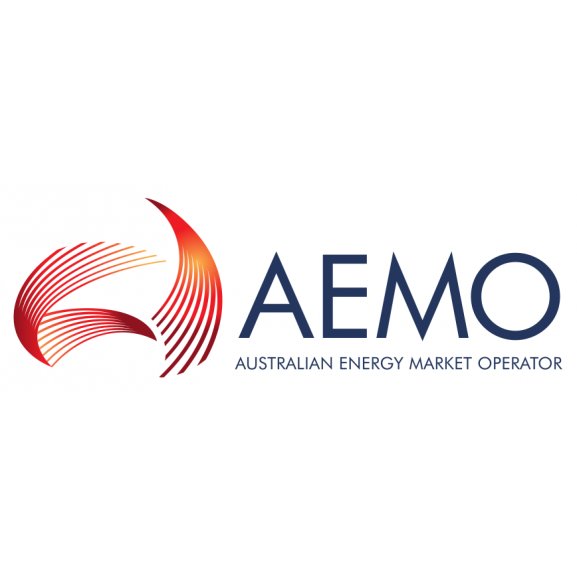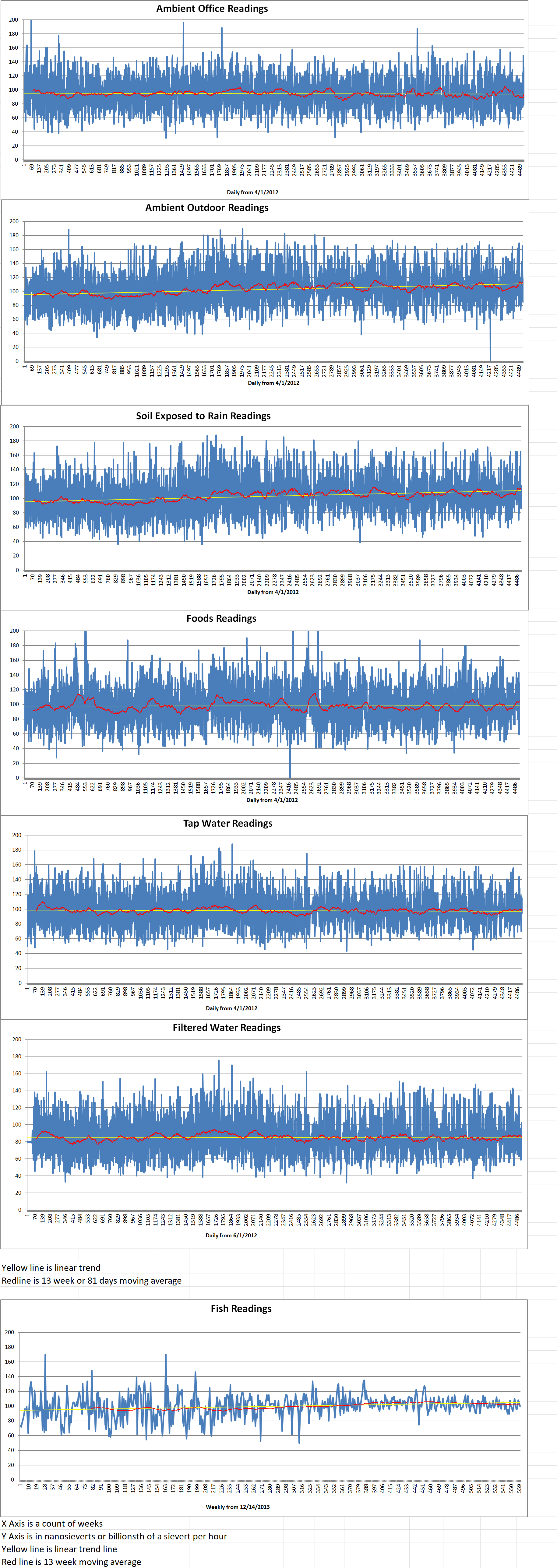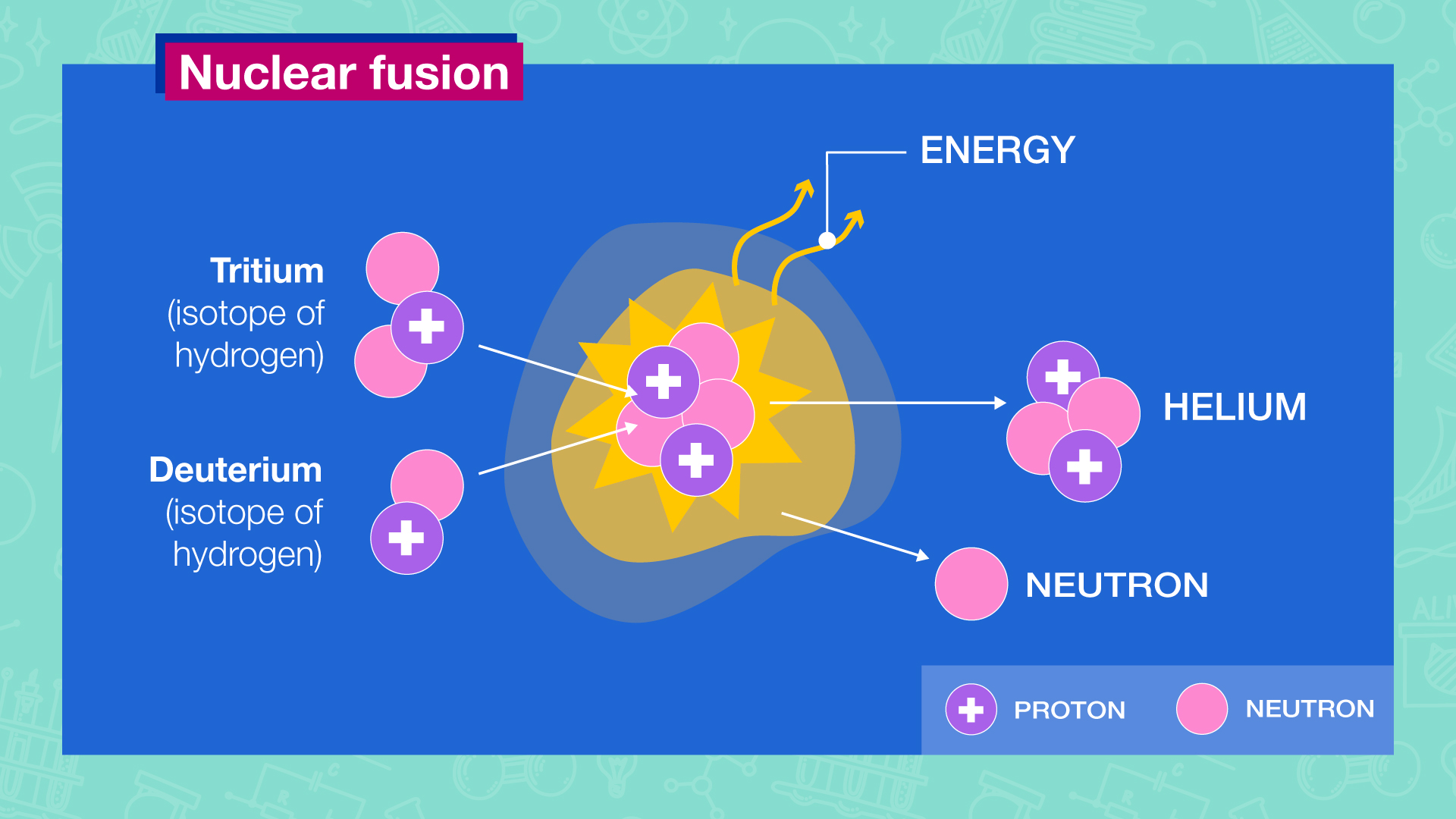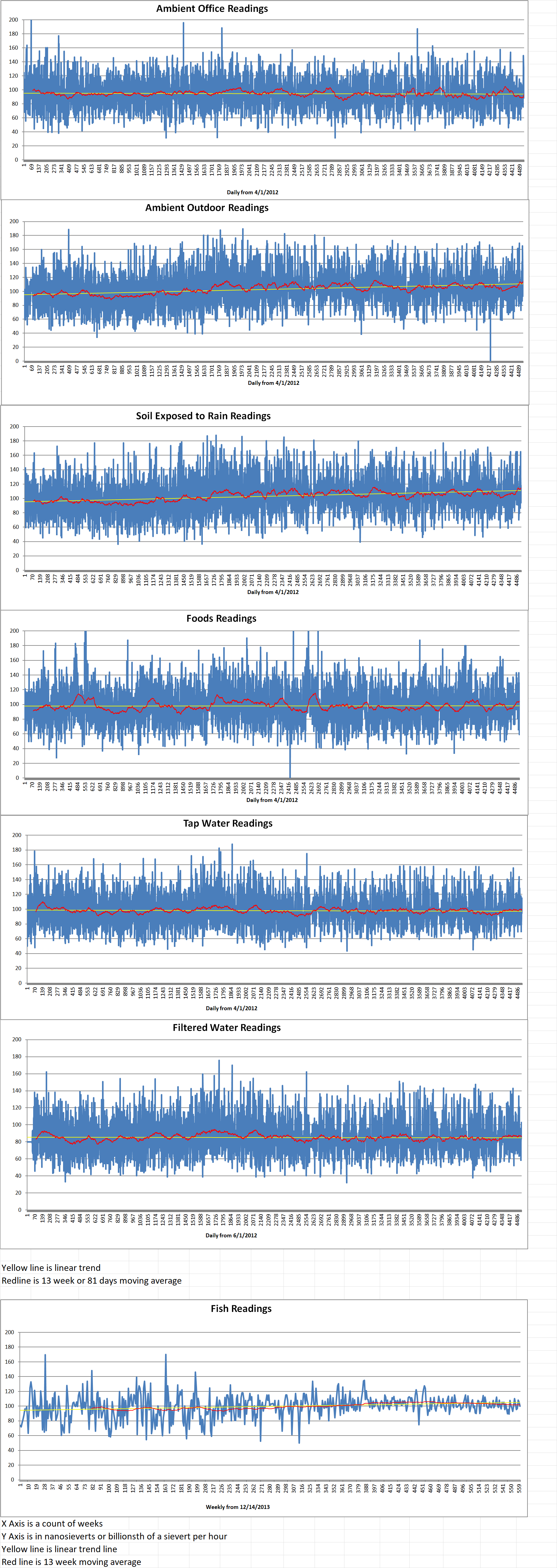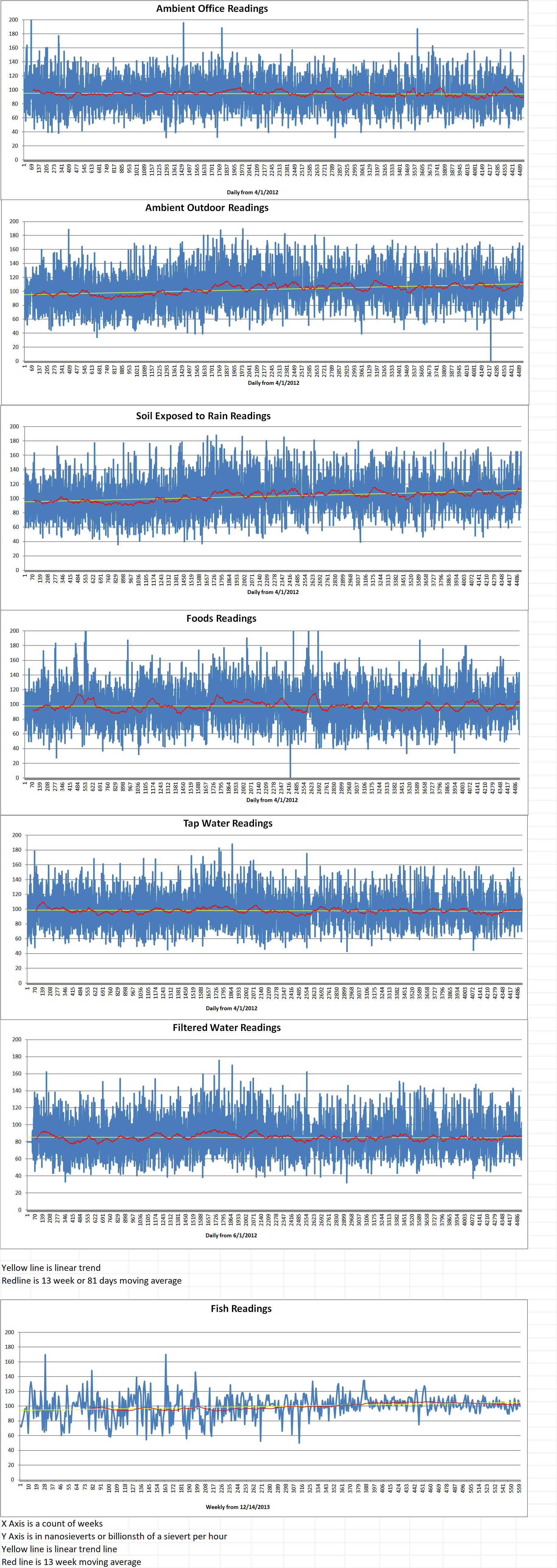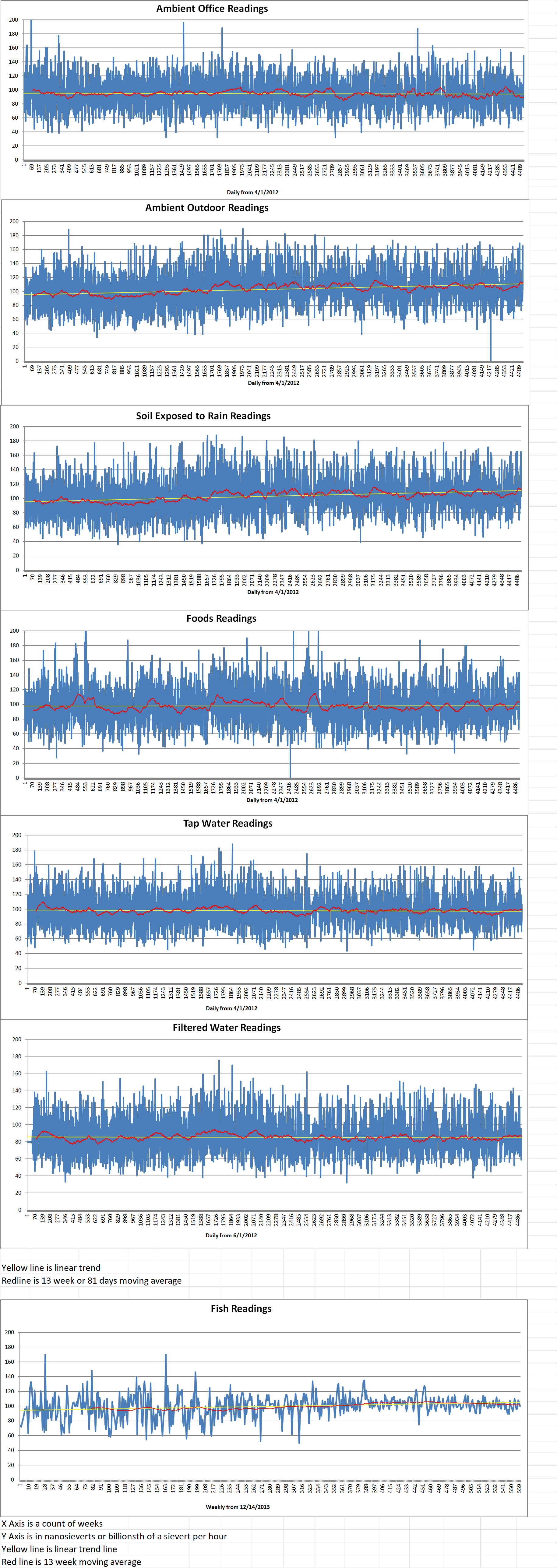Part 1 of 2 Parts
Australia’s taxpayers have already paid a price for the political division over the country’s energy future. Now the Coalition party’s nuclear policy is effectively hitting their wallet even before voters get their say on whether it’s part of the nation’s energy transition.
All Australians pay for the lack of a bipartisan approach to meeting national and global carbon emissions targets. This is because uncertainty creates risk for investors and this risk adds a premium to the financing costs of energy megaprojects which is a cost that has to be recouped.
Throwing the Coalition’s nuclear plans into that discussion just fuels the uncertainty even before analysis of which path is the cheaper, more appropriate or most timely for our energy transition.
Nuclear energy shouldn’t be prohibited by law as a potential part of Australia’s future energy mix. There are solid no-regrets arguments for lifting legislative bans on it to expand flexibility, especially as the final few percent of achieving a carbon-free energy system later in the 2040s will be expensive no matter which option is chosen.
In the run-up to the Australia federal election, the country again finds itself at a party-political crossroads in its response to climate change. Despite more than a decade of debate driven by political parties, Australians still have no unified approach on energy options or reaching emissions targets. This election they still have to choose between two pathways to decarbonize Australia’s electricity sector.
The Labor party government is maintaining its target of eighty-two percent renewable electricity by 2030, even though that trajectory is under some strain. Renewable installations have plateaued, even though 2024 is expected to show a record four and three tenths’ gigawatts of approved large-scale solar and wind projects and three and two tenths’ gigawatts of small-scale rooftop solar installed.
The reason for the slowdown in renewable energy implementation is complex but is partly caused by connection difficulties for large-scale renewables and community pushback on transmission lines and wind and solar farms.
The Coalition has the same 2050 net-zero goal as the Labor party but has yet to provide interim targets. It has instead promised to include nuclear power as part of the energy mix. This will begin with two small modular reactors (SMRs), which are under three hundred megawatts capacity, to come online in 2035 in South Australia and Western Australia. No commercial SMRs have been built in the Western world and the only examples are in China and Russia.
If conventional large-scale reactors are shown to be a better option, the Coalition plans for these to start producing electricity in 2037 in two locations in each of Queensland and New South Wales and one in Victoria.
There are also serious doubts that the Coalition’s nuclear timetable is achievable. International experience shows that recent construction times in the Western world far exceed a decade. However, in countries like the United Arab Emirates with different regulatory and governance systems it’s under nine years.
However, before any nuclear power plant can be built, Australia first needs to create a plan and a regulatory system. That could take up to five years, including the time needed to develop and implement the social license. There is an argument that Australia should do this anyway and remove the current legislated prohibition on nuclear energy, as favored by opinion polls.
Australian Energy Market Operator
Please read Part 2 next

